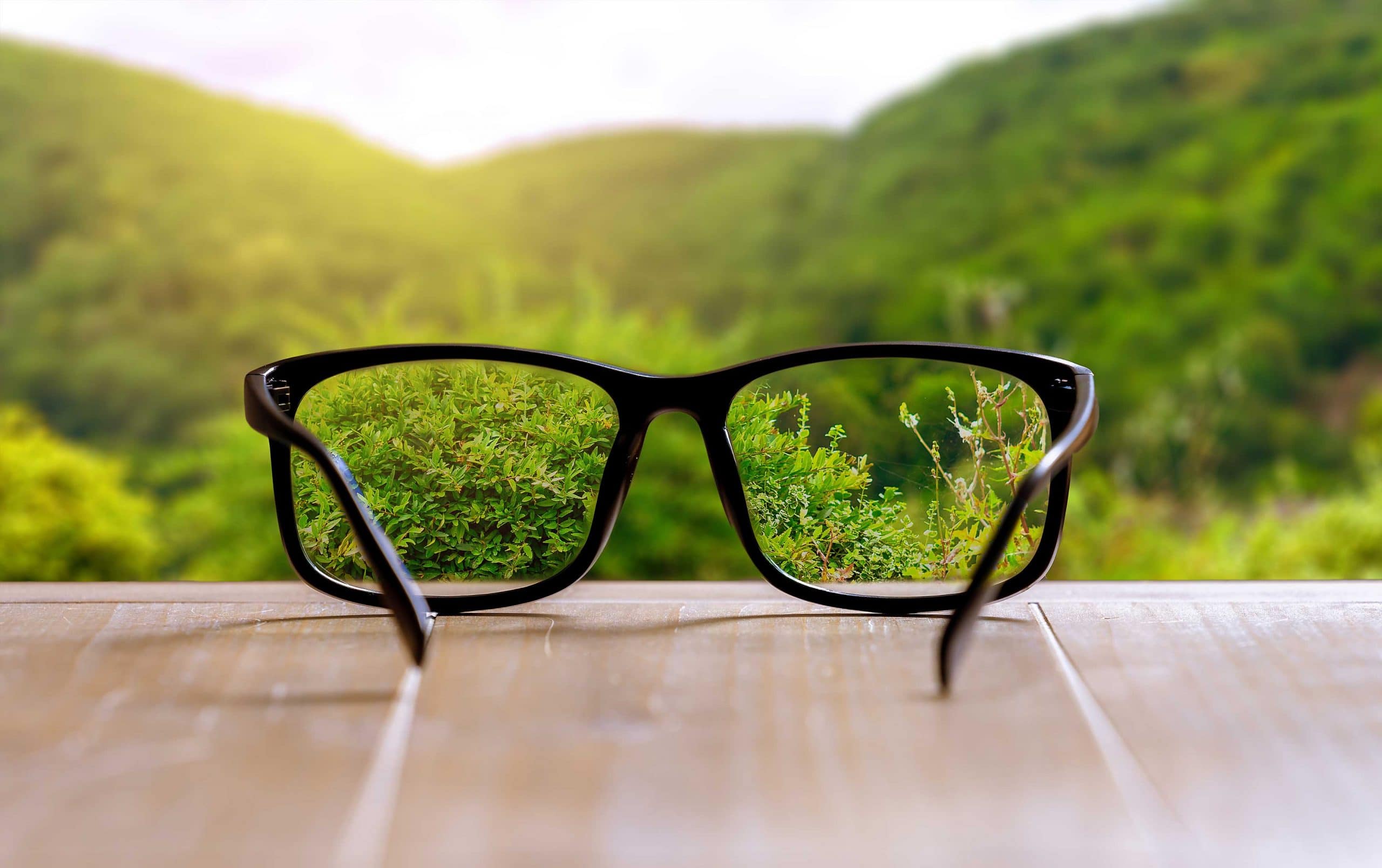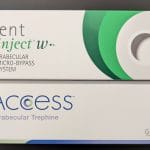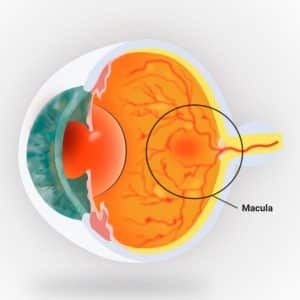
What is Myopia?
Myopia is a refractive error. Refractive errors happen when your eye does not focus light properly on the retina. That focusing is called refraction (bending).
For you to see clearly, light rays must travel through your cornea and lens. The cornea and lens refract the light so it lands on the retina. The retina turns light into signals that travel to your brain and become images. With refractive errors, the shape of your cornea or lens prevents light from bending properly. When light is not focused on the retina as it should be, your vision is blurry.
Myopia is a common condition that affects an estimated 25% of Americans. It is an eye focusing disorder, not an eye disease.
High Myopia and Low Myopia
Mild myopia is called low myopia. Severe myopia is called high myopia. High myopia will usually stabilize between the ages of 20-30 years old.
People with myopia face a higher risk of having a detached retina. This is when the tissue lining the back of your eye lifts away or detaches from the eye wall. It is a serious eye problem that can cause blindness. It is important to visit an ophthalmologist regularly for exams to check the retina. Ask your ophthalmologist to discuss the warning signs of retinal detachment with you.
People with high myopia may also have a higher risk of developing glaucoma and cataracts.
Nearsightedness: Myopia Symptoms
Some of the signs and symptoms of myopia include:
- eyestrain,
- headaches,
- squinting to see properly, and
- difficulty seeing objects far away, such as road signs or a blackboard at school.
Nearsightedness: Myopia Causes
Myopia is caused by a cornea that is too steeply curved. It can also be caused by an eye that is longer than normal. In both cases, light rays are focused in front of the retina instead of on it.
Nearsightedness: Myopia Diagnosis
Your eye doctor can diagnose myopia as part of a comprehensive eye examination. He or she will use a standard vision test and ask you to read letters on a chart placed at the other end of the room.
Your doctor will use certain examination devices to learn what is causing myopia.
- A retinoscope shines a special light into your eyes that reflects off your retina. Retinoscopy can show whether a person is nearsighted or farsighted.
- A phoropter measures the amount of refractive error you have. It also helps determine the proper prescription to correct your vision.
Nearsightedness: Myopia Treatment
There is no best method for correcting myopia. The most appropriate correction for you depends on your eyes and your lifestyle. Discuss your lifestyle with your ophthalmologist. Together, you can decide which correction may be most effective for you.
Eyeglasses and Contact Lenses
Eyeglasses or contact lenses are the easiest and most common ways to correct vision problems caused by refractive errors. They adjust your vision so that you can see more clearly. An eye care provider tests your vision and, as needed, gives you a prescription for glasses or contact lenses. Over time, you will need new prescriptions as your eyes change.
There are many options to consider when buying glasses or contacts. Talk with your eye doctor about the lens choices that can meet your vision and lifestyle needs.
Refractive Surgery
In most cases, this type of surgery reshapes the cornea with a laser to adjust how light travels through it. Here are some of the more common procedures:
As with any surgery, refractive surgery carries risks of possible complications and side effects. For instance, after having a refractive procedure, you may see glare or rings (halos) around lights. You might also have poor night vision.
Talk with your Eye Associates of South Texas ophthalmologist about your vision needs and expectations. Together you can explore your options for achieving better vision. Source: aao.org

 Previous Post
Previous Post Next Post
Next Post


